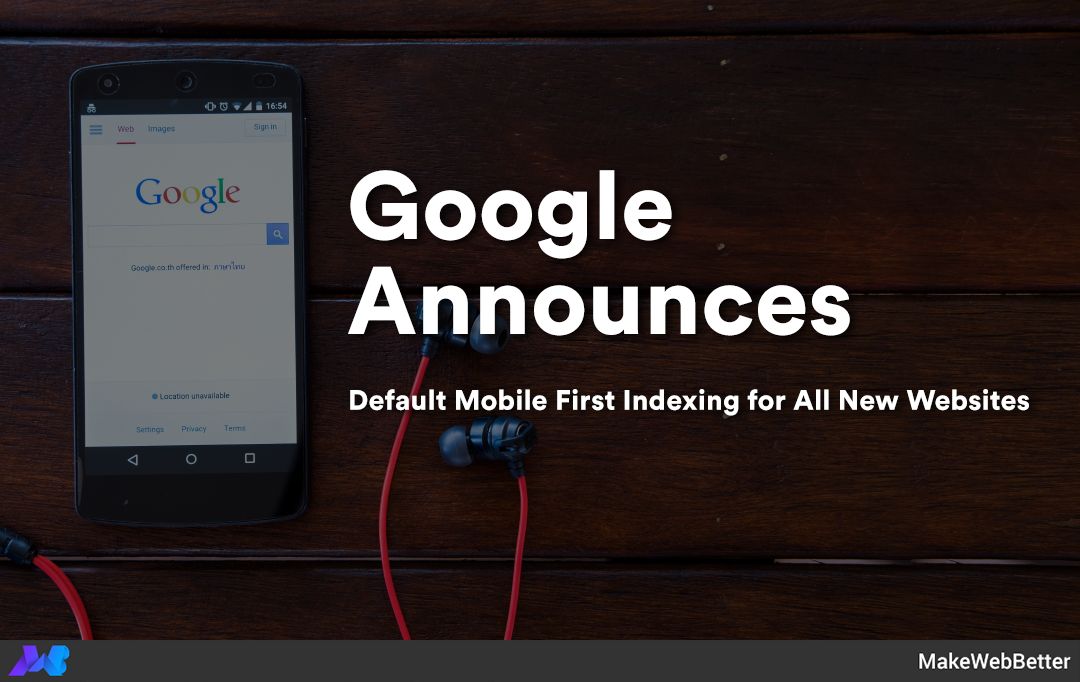Google announced that by July 1, 2019, mobile-first indexing will now be the default for all new websites. And also for those websites that were previously unknown to Google Search.
Google stated the reason for this change is that new websites are ready for this indexing –
Google’s crawling of the web using a smartphone Googlebot – our analysis has shown that new websites are generally ready for this method of crawling.
It is good to see that new websites are now showing both users and Google search, the same result as it is for mobiles and desktop. But for older websites, it isn’t the same.
One can check for mobile-first indexing of websites by using the URL Inspection Tool in Search Console. And from there only, you know when and how that URL was last crawled or indexed. And for older websites, Google will continue to monitor and evaluate pages and also notify them through Search Console once they’re ready for mobile-first indexing.

Google says
Our guidance on making all websites work well for mobile-first indexing continues to be relevant, for new and existing sites. For existing websites we determine their readiness for mobile-first indexing based on parity of content (including text, images, videos, links), structured data, and other meta-data (for example, titles and descriptions, robots meta tags). We recommend double-checking these factors when a website is launched or significantly redesigned.
Google recommends new websites to go with responsive web designs. Also, because of the confusion of website URLs for both mobile and desktop version. Google recommends using a single URL for both mobile and desktop websites.
Nowadays, most of the people are using mobile more than the desktop. So, let’s keep focus and see how this update goes on.










